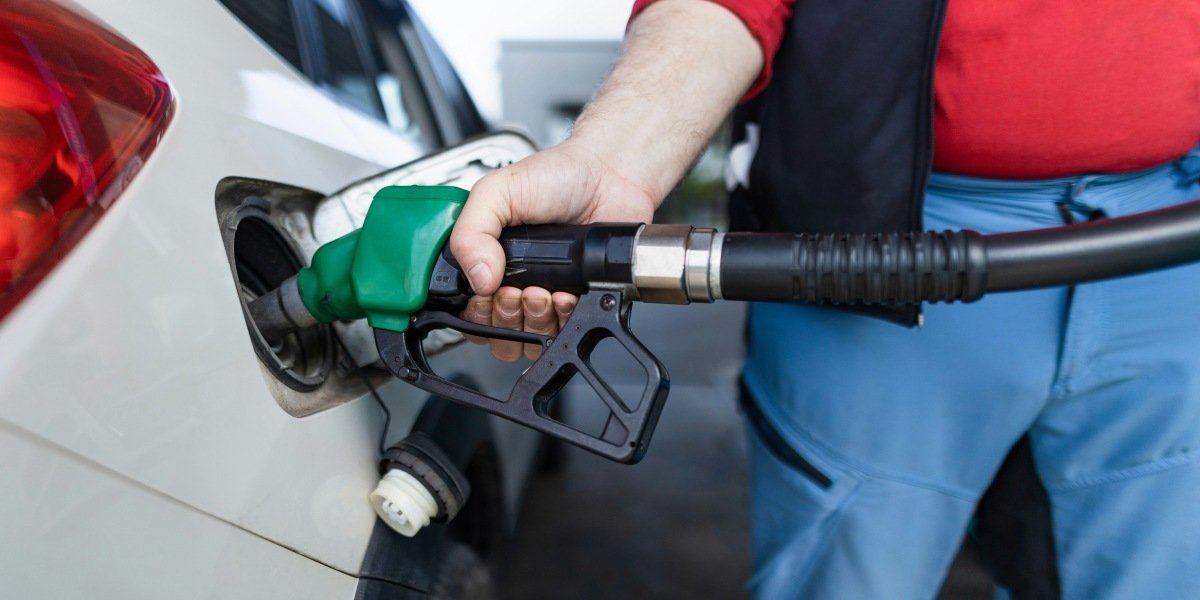A Guide to Roadworks – Pneumatic Compaction
What makes the difference between a road that performs well for years and one that experiences deterioration in the next monsoon is often the reliability of a pneumatic tyred roller – a machine whose rubber-tyre “kneading” motion does not simply compact the surface; it also shapes it, fills voids, and helps seal the mat against water and wear. Pavement engineers value this because kneading reduces permeability and contributes to consistent density in the layer.
Why Compaction Plays a Role in Road Life
Compaction isn’t just a final ceremonial wheel pass; it’s where performance is largely influenced. By compacting the mat and forcing out air, we address in-place voids of air, which is a significant indicator of how long an asphalt surface might withstand rutting, cracking, and moisture damage. Standard specifications typically aim for around 92–97% of maximum theoretical density at build, a range that’s associated with long-term durability. Achieving that range consistently can make a noticeable difference in road performance, ensuring it remains functional for a longer period.
What Makes Pneumatic Tyred Rollers Stand Out?
Steel drums provide high static pressure, but rubber tyres offer something additional: deformation and “massaging” of the aggregate, which helps force larger rocks downward and fines upward, supporting the formation of a denser surface and lower permeability. This sealing function explains why so many agencies recommend a pneumatic pass in the rolling train, particularly on wear courses and chip seals. On the hardware side, contractors can calibrate tyre inflation to vary ground/contact pressure – typically within the 200–700+ kPa range – to match mix type, lift thickness, and temperature. Such practical control can assist in achieving density specifications without crushing the aggregate.
The Temperature “Rolling Zone”
Even the capable roller cannot help if the mat is too hot (resulting in bulging or movement) or too cold (leading to a lack of density). Crews attempt to hit a temperature “rolling zone,” beginning breakdown compaction when the mix is at its optimum temperature and stopping well before the window closes. In practice, mix temperature has the greatest influence on achieving target density and consistency. Experienced crews plan the movement of rollers so the work stays within this ideal temperature range, even if wind, weather, or paving holdup reduces the window.
Base Matters – Milling and Recycling
Effective compaction begins with good preparation. Halfway through the project, one often-overlooked machine can make a noticeable difference: the asphalt milling machine. Cold-planning out the ruts and weathered areas, milling brings in new grade and texture so new lifts compact uniformly – and it recycles reclaimed asphalt pavement (RAP) to promote a more sustainable circular economy. In 2021, American contractors recovered up to 101 million tons of RAP for reuse, preventing over 61 million cubic yards of landfill space and reducing close to 2.6 million metric tons of CO₂ equivalent – the same as removing over half a million passenger vehicles off the road for a year. Recycling levels are impressive, too, with up to 95% of RAP being recycled into new mixes. Efficiently milled, the end-product recycled material contributes to the pavement structure without issue, helping achieve the correct compaction and durability.
How Contractors Tune a Pneumatic Pass
- Inflation & ballast – Varying tyre pressures and machine mass helps obtain specified contact pressure without scuffing. Many machines offer a range of pressures, providing versatility to operators.
- Overlap & pattern – Staggered tyres and sufficient overlap can reduce “striping,” which avoids the density stripes that may become weak zones later on.
- The Process – The typical process includes steel breakdown, followed by the pneumatic intermediate, and finishing with steel, so the kneading can help fill cracks and crevices before achieving the final smooth surface.
- Weather watch – Chilly winds, thick lifts, or lengthy truck cycles can reduce the rolling window, so crews adjust speeds and passes to keep density on track and enhance the longevity of the finished product.
What the Numbers Mean on Site
Specifications often require density verification through cores or nondestructive gauges. The practical goal is consistency: not just 92–97% Gmm on average, but avoiding low-density streaks, which can retain moisture and accelerate crack propagation. Pneumatic passes help improve the density range, increasing the “low end” and reducing permeability, which provides measurable performance benefits over the lifespan of the pavement.
Beyond Blacktop: Choosing the Right Aggregates
Compaction quality also depends on aggregate shape. Cubical, well-graded particles interlock and densify more predictably than flaky or elongated ones. This is why upstream crushing technology is significant. Plants aiming for higher-quality surface mixes often use equipment designed to produce cubical aggregates, which not only improve workability under the roller but also enhance stability under traffic loads.
Pneumatic Compaction as Roadworks Insurance
If pavement is performance art, then the roller train is the essential encore. A pneumatic tyred roller provides contractors with a flexible, tunable machine to optimize density and close the mat – a kind of insurance against moisture intrusion and premature distress.
In the final stretch of this guide, it’s worth recognizing one more upstream hero: the vertical shaft impactor. By producing cubical, consistently graded fines and sand, VSIs contribute to the internal stability needed for compacting cleanly and maintaining the pavement’s shape for years of service. It’s a reminder that great road performance begins well before the first layer of tar is applied.
Disclaimer: The information provided in this article is for general informational purposes only. While every effort has been made to ensure the accuracy and relevance of the content, the application of specific techniques or practices may vary depending on the project and local regulations. It is recommended to consult with a qualified professional or expert before making decisions based on the information presented here.




